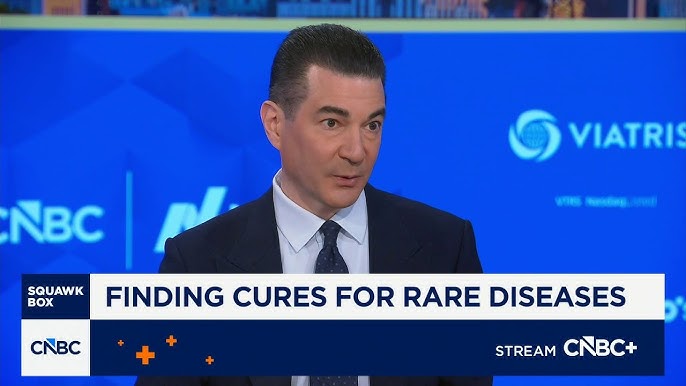The Centers for Disease Control and Prevention released new guidance on Friday about how far apart children ought to be while in school. The old standard of 6 feet has been replaced by a 3-foot minimum, which will make it much more feasible for many schools to reopen for full-time instruction in person.
The adjustment applies only to schools, not society more broadly, and only when prevalence is low and schools are taking other measures, such as keeping kids in social “pods.” The preconditions may preclude the guidance from having its full intended effect. The World Health Organization has allowed 1 meter of distance (around 39 inches) both in and out of school. China, France, Denmark and Hong Kong, among others, went with this spacing. If the CDC’s guidance were applied universally—to include work and retail—that one adjustment could restore substantially more commercial activity.
More distance is always better when it comes to contagion. But the 6-foot directive might have been the single costliest measure CDC has recommended, which have been largely followed over the past year. So what science went into making—and, more important, sustaining—the recommendation?
Nobody knows for sure. Most agree the guideline derives from a belief that Covid is largely spread through respiratory droplets, like flu. Old studies suggest that larger respiratory droplets are unlikely to travel more than 6 feet, and therefore close contact with an infected person is the primary mode of exposure. This research was hardly conclusive, but by most accounts it formed the basis for the initial Covid recommendations. More-recent research shows that the novel coronavirus can also spread through airborne particles, known as aerosols, especially indoors.
Most planning for a pandemic prepared for a bad flu outbreak. Given how little was known about Covid, it was reasonable to base early assumptions on the flu blueprint. But this doctrine wasn’t revisited as more data became available about the novel coronavirus. The reliance on a flu model caused public-health authorities to underestimate and overestimate Covid in important ways.
They overestimated the role of contaminated surfaces. Some Americans are still wiping down their groceries before bringing them inside. One consequence is that we were slow to recognize the extent of asymptomatic spread. The effort dedicated to scrubbing surfaces wasn’t spent improving air ventilation and filtration, which would have had a greater effect. On the other hand, because of the assumption that Covid spread primarily through droplets and not through smaller aerosols, we underestimated the protective role of wearing high-quality masks.
Experts were trying to protect Americans, and we can’t blame them for being wrong in the absence of good information. The question is whether there is an effective process for establishing these measures and re-evaluating them as new information emerges. Science isn’t a set of unchanging truths handed down by a government agency.
Beyond changing the 6-foot recommendation, the Biden administration should consider reforming the decision-making process. CDC can move fast in a crisis, which is a virtue, but this makes it even more important that its advice is re-evaluated and updated when necessary. The agency’s guidance, even though it is nonbinding, has more impact than many regulations, but much less transparency and public scrutiny. There are no open dockets or opportunities for expert input, such as public advisory meetings.
Moreover, the CDC isn’t always clear on when the science is unsettled. This makes it harder for the American public to identify which recommendations are more open to discretion. The agency also doesn’t always identify the underlying science of its recommendations. We don’t know the exact basis for its initial view to stay 6 feet apart.
When trying to contain a pandemic, it’s essential to focus on the precautions likely to make the biggest difference. The public is willing to follow sensible, evidence-based directions. But experts can ask people to sacrifice only so much before resistance starts to form, given the social and economic hardship. If the CDC expects Americans to follow its guidance, it has to be more transparent and get the public invested in how these decisions are made.
Dr. Gottlieb is a resident fellow at the American Enterprise Institute and was commissioner of the Food and Drug Administration, 2017-19. He is on the boards of Pfizer and Illumina.






